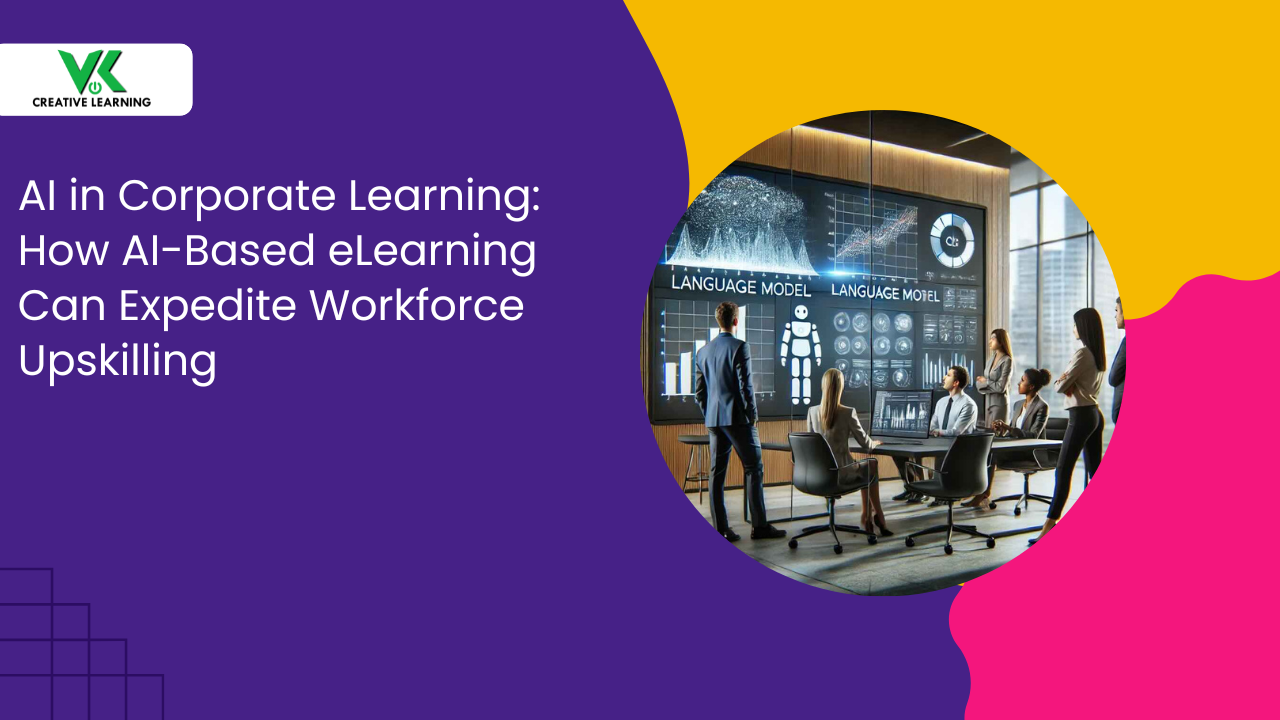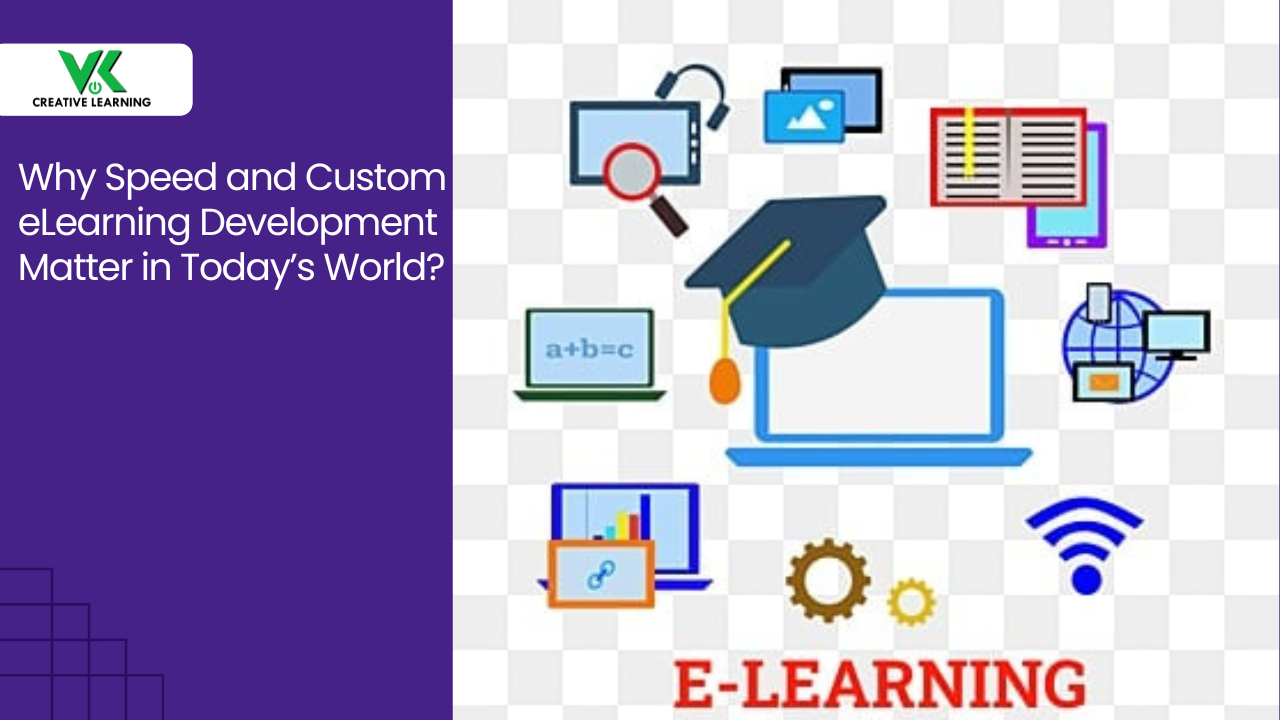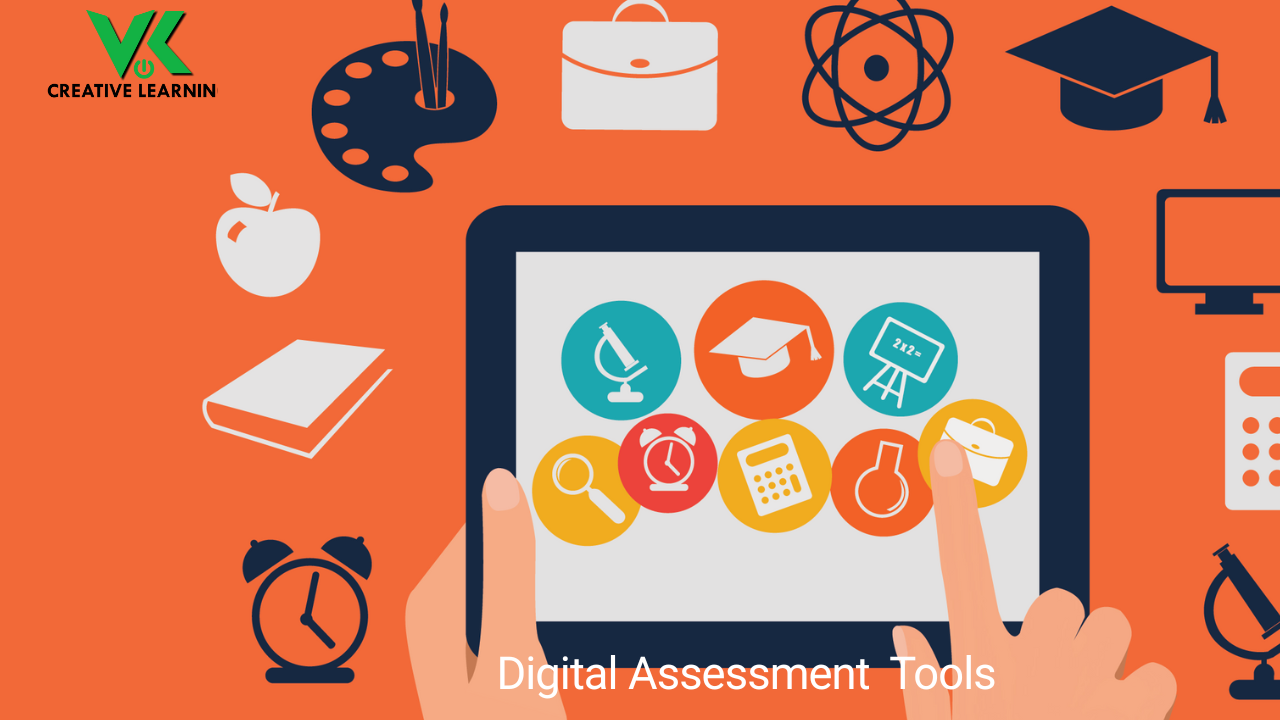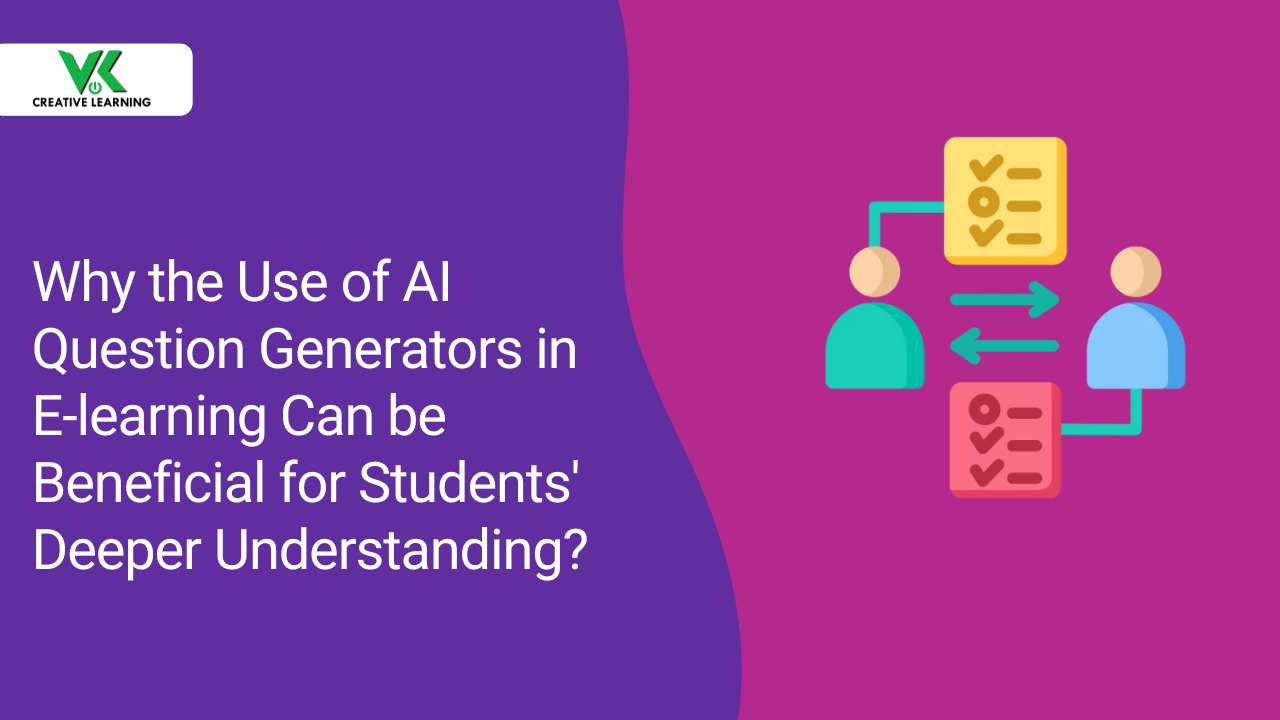Utilizing Big Data and AI Together in eLearning
February 28, 2023
A relatively novel and most sought-after technology among businesses for data processing, Big Data has become an in-demand infrastructure due to its ability to store large amounts of data swiftly and conveniently while providing access to it almost instantaneously. It scores over its traditional data storage models owing to its enhanced scalability--to store large amounts of data from multiple sources, cost-effectiveness, and agility. By leveraging Big Data technology, organizations are better equipped to make well-informed decisions about their operations.
Also, there is an increasing trend among eLearning providers to take advantage of Big Data and AI technologies in eLearning. That is, by utilizing Big Data as a source of information and AI to swift through that information to understand the learning trend, learners' engagement, performance outcomes, and other educational objectives can be improved. Thus with Big Data and AI together, educators and organizations can achieve an unprecedented level of insight into their learners’ understanding and preferences, allowing them to tailor learning materials and instructions to meet individuals' needs better.
For example, data collected from learners' interactions with eLearning platforms can provide insights into how course materials can be improved or modified to suit individual needs more effectively. Similarly, Big Data analytics can help identify areas where additional resources are needed to support struggling learners.
Specifically put, with the utilization of machine learning algorithms such as clustering and Natural Language Processing (aka NLP), a Learning and Development team can collect learners’ feedback from various sources and gain a better understanding of how their courses can be further modified. Here Natural Language Processing means the capability of Artificial Intelligence algorithms to decipher human language and Clustering refers to the concept of assembling similar data into groups. Additionally, Big Data tools like predictive analytics help trainers determine which topics need the most attention so that they can make adjustments accordingly.
Benefits of Using Big Data and AI Technologies in eLearning Solutions
Big Data and AI offer great promise when used hand in hand in the realm of eLearning. Not only do they help render an in-depth understanding of the learners, but they also support a better grasp of the learning style and needs of individuals. Moreover, these technologies can immensely enhance the overall experience of learning by making it much more engaging and interesting for learners of all types. The capability of both technologies to sync and work together can do wonders in terms of offering benefits, as explained below.
Rendering in-depth understanding of the learners: Big Data and AI can be employed together to extract every meticulous bit of information about learners’ comprehension patterns such as skills gaps, grasping capabilities, engagement level, etc. With information gleaned from big data analysis and utilized by AI, it becomes possible to decipher what teaching and learning approach will suit each individual to get optimum results.
This renders an in-depth picture of the learner's needs while being able to mold their learning experience over time. Also, by gathering data on how long it takes for learners to complete specific chapters and activities, or their current content comprehension skills, administrators can accordingly further customize the eLearning solutions. This in turn aids to maximize learning efficiency while ensuring all users get the most out of their educational experience.
Understanding Learners' Learning Pace and Needs: The amalgamation of big data with AI technologies makes it possible to track the progression of learning within certain course modules and establish a baseline of expected progress on the learning journey. This enables Learning and Development team to understand the individuals’ pace of learning at different levels of their courses and craft pedagogy strategies that suit their learning needs. Furthermore, by analyzing past behaviors and tastes, AI algorithms can suggest activities or tasks appropriate for each learner depending on their interests and goals.
Make Learning More Engaging for Learners: The integration of machine learning with Big Data analysis enables eLearning development companies to personalize instruction for every student based on their unique learning knacks--including strengths and weaknesses. The best aspect is, eLearning platforms can make the best utilization of AI technology to provide animations, visual aids, and interactive quizzes as when required to the learners; making studying a lot simpler and more enjoyable. Additionally, AI can also analyze patterns of learners' interaction with educational materials so that they can be presented in ways that keep them engaged and motivated throughout their online study experience.
Smooth learning Curve: The utilization of both data-driven algorithms and machine learning techniques offers a smooth learning curve for learners. By utilizing AI, tailored learning modules can be created with a high level of focus on the strengths of each student and addressing weaknesses too. Additionally, interactive elements such as virtual assistant bots, personalized feedback on performance, individualized coaching, and responsive content management systems help to maximize engagement levels among learners.
Furthermore, tapping into Big Data allows organizations and institutes to precisely identify gaps in their syllabus while having access to valuable insights into how course material is perceived by different cohorts. With this understanding, changes can easily be incorporated in order to meet the demands of those enrolled without needing substantial resources or time.
Personalized feedback and activities: A well-crafted AI-based learning-deciphering model combined with data collected from numerous users can enable smarter training recommendations based on how information is absorbed by individuals. It can also provide learners with content they need to concentrate on the most; thereby, reducing cognitive overload while helping them focus on what matters most.
Additionally, AI algorithms based on learners’ comprehension data can help to discern when a learner is struggling, allowing instructors to intervene and provide additional resources when necessary. In addition, by mining behavioral data from learners’ interactions within virtual learning environments, AI-based smart algorithms can determine which types of content--with different presentation styles--are easily assimilated by students.
Conclusion
In summary, bringing together Big Data and AI can significantly aid eLearning by allowing faster responses, improved decision-making capabilities, and more personalized experiences. In fact, making use of these two technologies at the same time enables learners to gain an in-depth understanding of eLearning content, an enhanced learning experience, and higher satisfaction levels.
If you are looking out for a reliable eLearning developer who can encompass Big Data with AI, VK Creative Learning, a pioneer in the field of eLearning content development, can do it for you.




